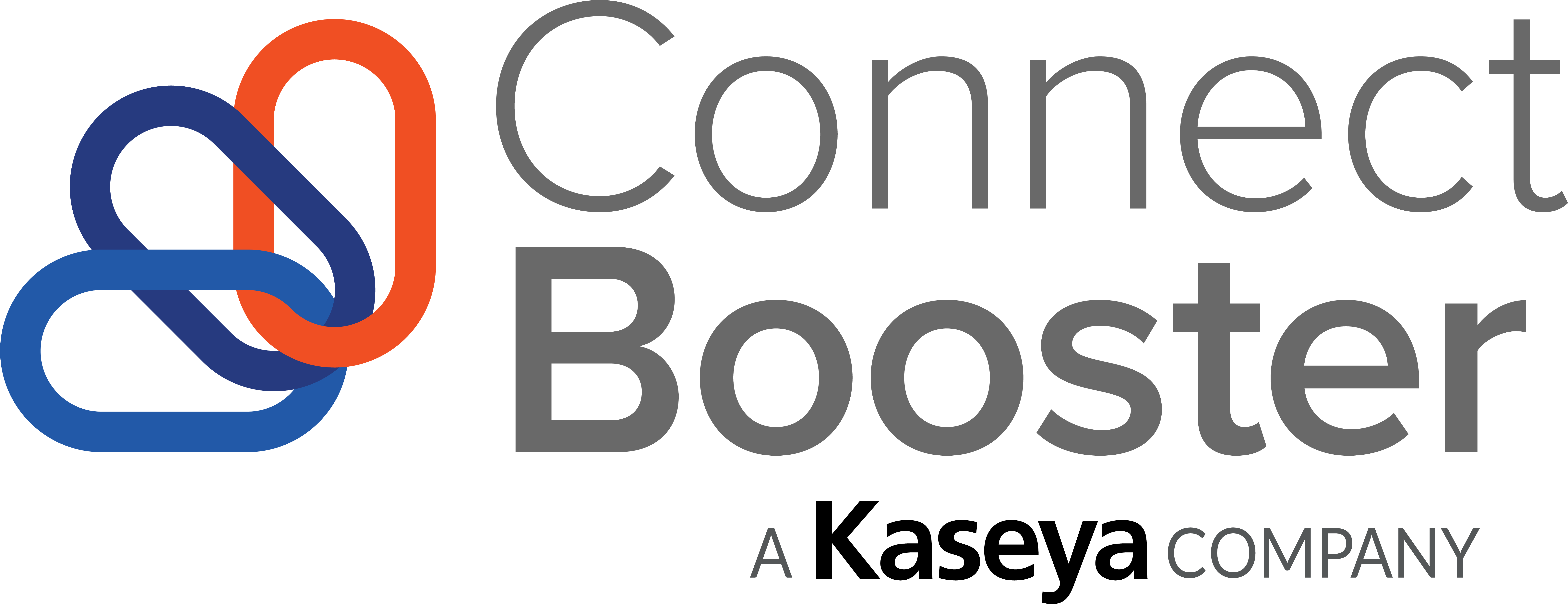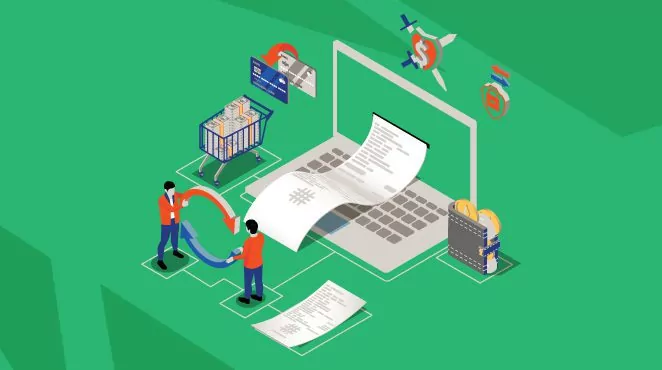The managed services market is hot. Experts predict this segment of the IT industry to eclipse $350 billion by 2026—a Compound Annual Growth Rate (CAGR) of 7.9%, according to MarketsandMarkets research. Demand is strong and, thanks to the growing technology needs of the SMB and SME and lack of skilled professionals, the opportunities for new MSPs should continue to escalate for many years.
Of course, building a successful business isn’t easy, and that process can be more difficult for managed IT services firms. While the promise of tangible financial rewards sounds fantastic, and it can be for those who put significant effort into developing a winning MSP business model, there is no guarantee of success. As many of your former peers already know, building a successful and scalable managed services firm takes a lot more than great skills and a tremendous work ethic.
MSPs’ responsibilities are dynamic and never-ending, from developing a viable portfolio of solutions and hiring the right people to closing new contracts and supporting a diverse collection of business requirements. That’s not to suggest that opening a new firm is the easy part. Developing customer relationships, marketing plans, and determining which core offering will match each client’s needs takes time and effort. Building a suitable technology stack with a wide range of capabilities that provides solid profit margins and operational efficiency is just as critical.
MSPs typically invest a substantial amount of resources to secure an office and research a multitude of local, state and federal requirements. Evaluating business models and determining potential vertical markets and specializations also take a lot of time as you methodically develop target audiences, identify opportunity gaps, and choose the “best fit” for your organization.
“Sweat equity” is a common and, some would say, necessary part of developing an MSP. IT services entrepreneurs typically spend countless hours working through obstacles to optimize their operations and cash flow. These investments help ensure the MSP is of value to its clients and community.
Evaluating Business Models
The chief purpose of a business model is to outline how an MSP expects to make money. An MSP model provides a lot of flexibility for a business owner and allows firms to build portfolios and programs to fit the specific needs of their potential customers. That is a key benefit of creating a proactive managed services business. So, the first step for a prospective IT services provider is to develop objectives. While the process can be challenging and all that hard work will never guarantee success, the end product is a support organization that adapts to changing conditions, delivers real cost savings, and supports key aspects of their business. The long-term goal is to deliver great value and provide better business outcomes to virtually any SMB.
Prospective MSPs need to understand the market and competitive landscape. There are many vertical and technology specialization options and an infinite amount of tools to assist new providers. You also need to know what your customer base requires before assembling a portfolio of goods and services. Start by assessing the critical business requirements of prospective customers and any gaps that exist in the current market. Determine what other MSPs are missing and scout for future opportunities outside the “wheelhouse” of existing competitors. What types of businesses need MSPs? Which add-on services are not offered in your community? Assess the availability of remote monitoring, backup service, cloud infrastructure support, and outside-the-box opportunities like digital marketing or specialized consulting services.
Determining basic price expectations and interest in bundled services or support for core business functions is essential. The cheapest package may not be as valued to your client base as delivering an advanced combination of network performance capabilities and addressing other critical aspects of their infrastructure. In the eyes of customers, messaging around cost efficiencies and all-encompassing packages can grab their attention more than a low-cost pricing model or if you’ve been in business for decades. Projecting your MSP’s capabilities into business value will help close the deal.
With the demand for tech firms with specific skillsets rising exponentially, such as cybersecurity and remote management, developing an MSP model that emphasizes those capabilities seems like a winning formula. The recent workplace transformations fueled by COVID-19 create even more opportunities for providers; businesses need MSPs with remote solution expertise now more than ever.
Find the Best Fit Solutions
As mentioned before, the specific types of services those organizations want and need are a determining factor when constructing the business. The good and bad news is, there is no “ultimate” portfolio to address the technology requirements of every organization. If an MSP plans to support diverse vertical markets and different-sized companies, like most IT services firms, that complicates that mix even more. Determining the blend of services depends on many factors, including potential clients’ regulatory requirements and office environments (especially with the great WFH transition). Those conditions can change, to some extent, every day.
Many IT industry experts suggest the VAR business model is dead. However, a substantial number of MSPs still offer some level of break-fix services to address their clients’ need for a fast, local repair shop. The revenue may not be recurring, but it adds to the bottom line and keeps those customers loyal to the business. With devices becoming less expensive to recycle than repair and margins continuing their downward trajectory for break-fix services, this model may eventually fade away, so new MSPs may wish to avoid those discussions and partner with other providers to fill that gap. Your clients need more proactive support—the hallmark of modern managed services firms—to optimize their business technology investments.
Most VARs already offer managed services. Building a complementary offering to existing operations is common, while others gradually shift to the MSP model over time as their clients’ needs and preferences change. One note for those making the switch: managed services require more engagement with decision-makers and end-users than a VAR business. If clients come to your team with problems, you’re probably doing it wrong. An MSP must proactively manage their clients’ systems and do everything possible to identify and stop potential issues before they materialize.
Moving Up the MSP Value Chain
While becoming a managed services provider can be highly beneficial for those looking for stability and recurring revenue, it’s not a one-and-done proposition. Growth requires effective business plans and a continual focus on MRR. Steady and predictable income increases the value of your MSP, boosts vital cash flow and reserves for self-financing, and lessens the uncertainties associated with running an IT business. VARs have none of those assurances. The MSP model simplifies the planning and accounting aspects of the business because income is steady and predictable with long-term contracts and complex technologies that tend to increase client retention rates.
Managed services is a sticky offering. MSPs ensure uptime and optimize business performance for clients and create easier management opportunities and more lucrative income streams for themselves. If you can set up a winning business model, it lessens the interruptions for everyone in the IT environment. It allows employees on both sides of the relationship to focus on core responsibilities. MSPs are the enablers that make businesses run more effectively.
Setting Up a Winning MSP Business Model
No two IT service provider firms are the same today. From the basic mix of VAR and managed services offerings to the more advanced cloud and cybersecurity support options, the more dynamic your portfolio, the more opportunities you’ll have to engage with businesses. MSPs can continually develop new vertical and technology specializations and shift delivery models to address evolving client needs. No one-size-fits-all “example” or type of service will work in every situation.
Winning IT services providers emphasize clients in each step of their business. That doesn’t mean they ignore adding new offerings to increase MRR. On the contrary, they evaluate each prospective new service to see how it will address specific customer needs first and then assess its financial and operational benefits to their firm. Those revenue streams give them the freedom to develop additional practices and programs to support existing and prospective clients better.
Setting up a winning MSP business model is not as hard as it seems. That objective is easier to attain if you and your team focus on the things that matter most, including your clients, employees, and financial health. Are you benefiting from the latest moves in the managed services space? What are you doing to maximize the available opportunities to grow MRR today? The answers to those questions are essential for building a successful business strategy and meeting customer expectations.
Setting up a winning MSP business model is easier than ever with the support of a rapidly expanding community of vendors, distributors, and other experts willing to offer advice and support. The options are plentiful, whether offering foundational remote monitoring and management tools or the most highly advanced cybersecurity and disaster protection. Are you ready to take advantage of those opportunities?
A winning model will guide your business to revenue opportunities and, perhaps more importantly, generate ongoing value for your customers even as their needs change. Alongside a responsive business model, healthy cash flow is necessary for an MSP to remain agile. See how ConnectBooster contributes to a sound business plan and helps MSPs achieve effortless cash flow.

